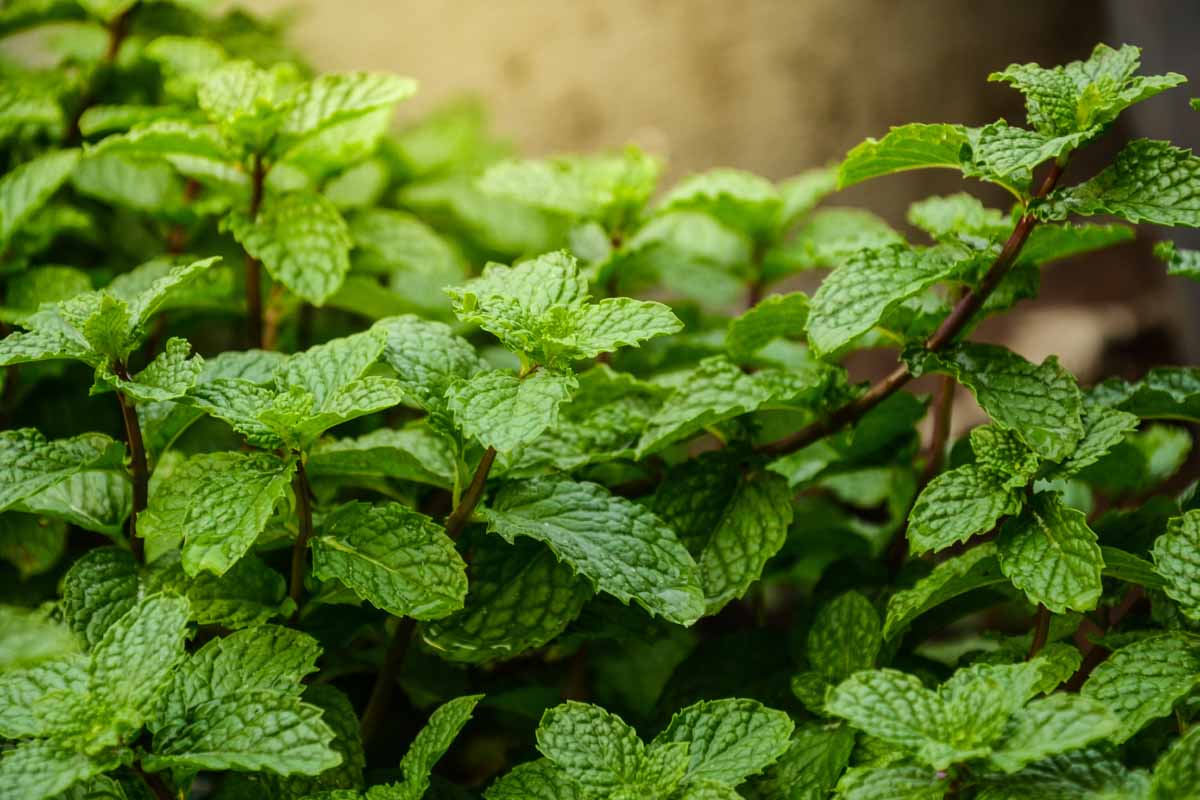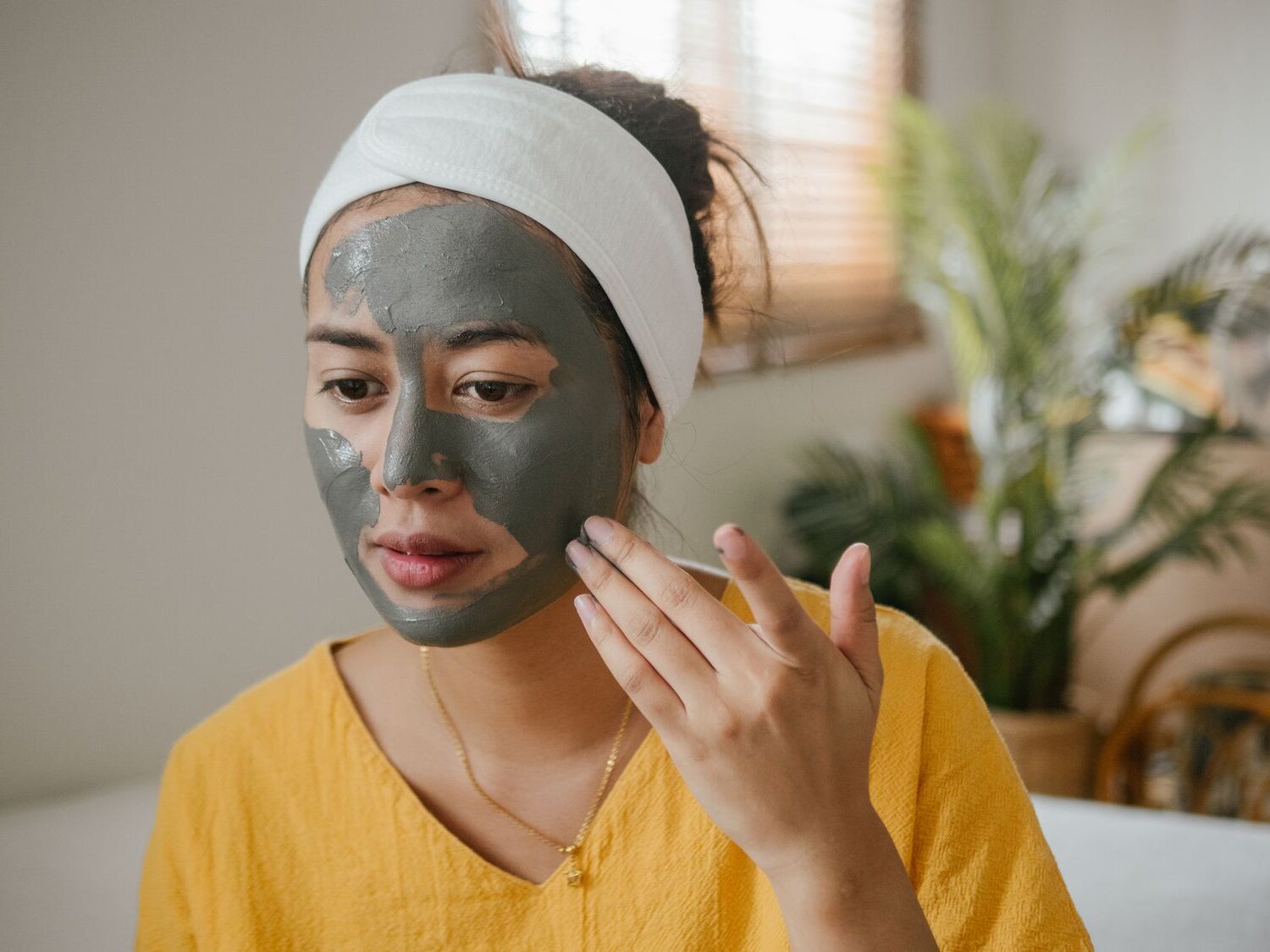
Mint is a versatile herb that has been used for centuries for its refreshing aroma, cooling taste, and numerous health benefits. Whether you have enjoyed it in your tea, toothpaste, or as a garnish on your favorite dishes, mint is a plant that has become a household name. Beyond its familiar uses, mint is a fascinating herb with a rich history and a multitude of surprising facts. In this article, we will dive into the world of mint and explore 20 captivating facts about this remarkable plant. From its diverse species to its cultural significance, get ready to discover the amazing qualities and trivia about mint that will leave you amazed and wanting to incorporate it more into your daily life.
Key Takeaways:
- Mint is a versatile herb with a refreshing scent that can be used in cooking, beverages, and even natural skincare. It also has a long history of medicinal use for soothing indigestion and relieving nausea.
- Mint is not just a tasty herb, but also a natural pest repellent and insecticide. Its antimicrobial properties make it a valuable ingredient in natural cleaning products, while its invigorating scent can uplift mood and relieve stress.
Mint is a perennial herb.
Mint is a fragrant, leafy herb that belongs to the Lamiaceae family. It is a perennial plant, meaning it can survive and regrow year after year.
There are over 30 different species of mint.
Mint comes in various forms, including peppermint, spearmint, apple mint, and chocolate mint. Each species has its distinct aroma and flavor.
Mint leaves have a refreshing scent.
The leaves of mint plants contain essential oils that give off a pleasant and cooling aroma. This scent is often used in perfumes, soaps, and other products.
Mint has a long history of medicinal use.
For centuries, mint has been valued for its medicinal properties. It is known to help soothe indigestion, relieve headaches, and alleviate cold symptoms.
Mint can be used in cooking and beverages.
Mint is a versatile herb that adds a refreshing and aromatic touch to both savory and sweet dishes. It can be used in salads, cocktails, teas, and desserts.
Mint is a natural pest repellent.
The strong aroma of mint acts as a natural deterrent against pests such as ants, flies, and mosquitoes. Growing mint plants in your garden can help keep these insects away.
Mint leaves can be used to make herbal tea.
Steeping fresh or dried mint leaves in hot water creates a soothing and invigorating herbal tea. It is often consumed for its calming effects and digestive benefits.
Chewing mint leaves can freshen breath.
Mint has been traditionally used as a natural breath freshener. Chewing on mint leaves can help mask unpleasant odors and leave your breath feeling minty fresh.
Mint is easy to grow.
Mint is a hardy plant that can be easily grown in gardens or pots. It thrives in well-drained soil and prefers partial shade, making it an ideal herb for beginners.
Mint has antimicrobial properties.
The essential oils present in mint have antimicrobial properties, which can help inhibit the growth of bacteria and fungi. This makes mint a valuable ingredient in natural cleaning products.
Mint can be used for aromatherapy.
The invigorating scent of mint can help uplift mood and relieve stress. Essential oils derived from mint are commonly used in aromatherapy to promote relaxation and mental clarity.
Mint has been used as a symbol of hospitality.
In ancient times, mint was used as a gesture of welcome and hospitality. It was often strewn on floors or added to baths to create an inviting atmosphere.
Mint is a popular ingredient in desserts.
The refreshing taste of mint pairs well with sweet treats. Mint is commonly used in chocolates, ice creams, candies, and other confections.
Mint can help alleviate nausea.
Mint has been known to help soothe an upset stomach and relieve nausea. It is often used as a natural remedy for morning sickness and motion sickness.
Mint leaves can be used for natural skincare.
The cooling properties of mint make it beneficial for skincare. Crushed mint leaves can be used as a face mask or added to homemade scrubs for a refreshing and invigorating experience.
Mint is a natural insecticide for garden pests.
Mint plants contain compounds that repel common garden pests such as aphids, cabbage worms, and beetles. Planting mint near vulnerable crops can help protect them from damage.
Mint can be used as a natural dye.
The leaves of mint can be boiled to extract natural pigments that can be used as a dye for fabrics and yarn. Mint-based dyes often result in shades of green.
Mint has been associated with folklore and superstitions.
In various cultures, mint has been associated with different beliefs and superstitions. It has been believed to ward off evil spirits, bring good luck, and even enhance psychic abilities.
Mint can repel rodents.
The strong scent of mint is known to repel rodents like mice and rats. Placing fresh mint leaves or sachets of dried mint near entry points can help keep these pests away.
Mint has a cooling sensation.
When consumed or applied topically, mint creates a cooling sensation due to the presence of menthol. This is why mint is often used in products like toothpaste and muscle balms.
Conclusion
Mint is a fascinating plant that has been used for centuries for its culinary, medicinal, and aromatic properties. From its refreshing flavor to its numerous health benefits, it is no wonder why mint is a beloved herb around the world.
Whether you enjoy a refreshing cup of mint tea, incorporate mint leaves into your recipes, or use mint essential oil for its therapeutic effects, mint is a versatile plant that adds a delightful touch to our lives.
Next time you come across mint, take a moment to appreciate its rich history, its incredible versatility, and the many ways it enhances both our sensory experiences and overall well-being.
FAQs
1. What are the different types of mint?
There are several different types of mint, including peppermint, spearmint, chocolate mint, and apple mint, just to name a few. Each variety has its own unique flavor and characteristics.
2. How can I grow mint at home?
Mint is relatively easy to grow at home. It prefers a sunny or partially shaded spot with well-draining soil. You can start with seeds or purchase young plants from a nursery. Make sure to give it enough space to spread, as mint has a tendency to take over an area if not contained.
3. What are some culinary uses for mint?
Mint is widely used in both sweet and savory dishes. It is commonly used in salads, teas, cocktails, desserts, and as a garnish for various dishes. Its refreshing flavor pairs well with fruits, chocolate, lamb, and many other ingredients.
4. What are the health benefits of consuming mint?
Mint has several potential health benefits. It is known to aid digestion, relieve headaches, alleviate nausea, and promote respiratory health. It is also rich in antioxidants and can help freshen breath.
5. Can I use mint essential oil for aromatherapy?
Yes, mint essential oil is frequently used for aromatherapy. It can promote relaxation, improve focus, and alleviate stress. However, it is important to always use essential oils with caution and follow proper dilution guidelines.
Mint's captivating qualities extend beyond its refreshing flavor and aroma. For those curious about mint's nutritional value, our article on thin mint nutrition facts provides valuable insights. Delve deeper into mint's fascinating world with our piece on 13 additional mint facts, sure to pique your interest. If you're intrigued by the man behind the name, our article on Boris Mints offers a compelling look at this enigmatic figure. Explore these engaging topics and expand your knowledge of mint's many facets.
Was this page helpful?
Our commitment to delivering trustworthy and engaging content is at the heart of what we do. Each fact on our site is contributed by real users like you, bringing a wealth of diverse insights and information. To ensure the highest standards of accuracy and reliability, our dedicated editors meticulously review each submission. This process guarantees that the facts we share are not only fascinating but also credible. Trust in our commitment to quality and authenticity as you explore and learn with us.


